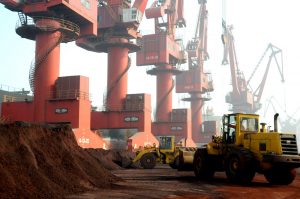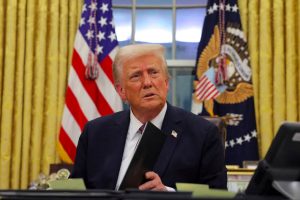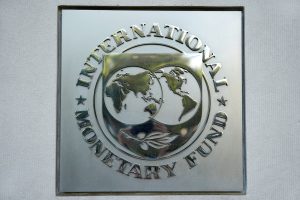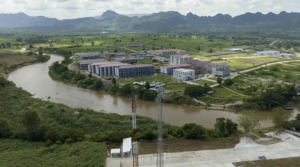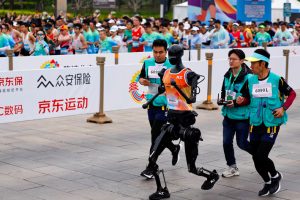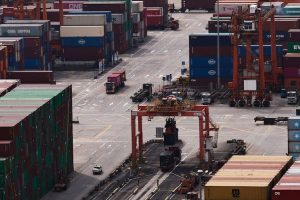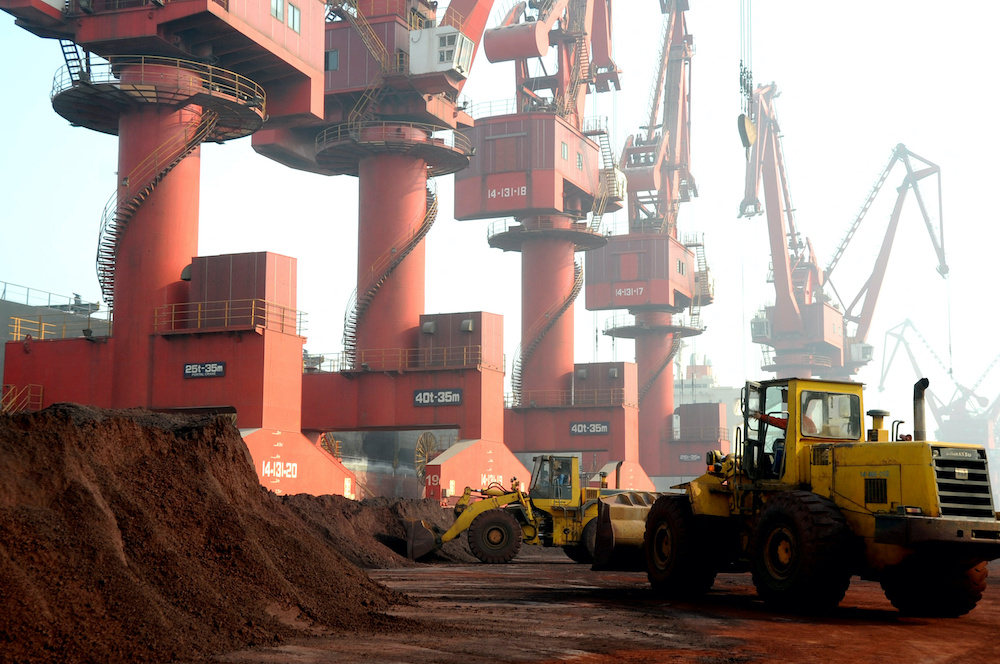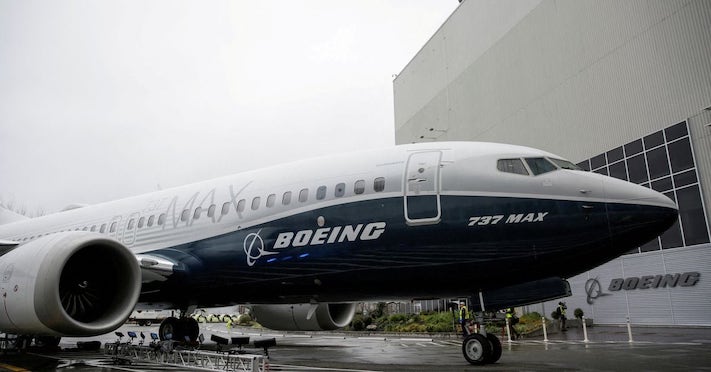Major US investment banks have cut their growth projections for China this year following a slowdown in industrial output in August.
Goldman Sachs and Citigroup have reduced their full-year economic growth forecasts to 4.7%, after soft economic activity in August put a spotlight on China’s weak recovery and the need for further stimulus to bolster consumer demand.
Goldman Sachs earlier expected full-year growth for the economy at 4.9%, while Citigroup had forecast growth at 4.8%. But faltering growth has led to global brokerages to scale back their 2024 projections to below government’s target of around 5%.
ALSO SEE: US House Passes Bill to Limit China’s Access to EV Tax Credits
China’s industrial output in August expanded 4.5% year-on-year, slowing from the 5.1% pace in July and marking the slowest growth since March, data from the National Bureau of Statistics (NBS) showed on Saturday.
Retail sales – a key gauge of consumption – rose 2.1% in August, decelerating from a 2.7% increase in July amid extreme weather and a summer travel peak. Analysts had expected retail sales, which have been anemic all year, to grow 2.5%.
“We believe the risk that China will miss the ‘around 5%’ full-year GDP growth target is on the rise, and thus the urgency for more demand-side easing measures is also increasing,” Goldman Sachs said in a note dated Sunday (Sept 15). It maintained the country’s 2025 GDP growth forecast at 4.3%.
However, Citigroup on Sunday trimmed its 2025 year-end forecast for China’s GDP growth to 4.2% from 4.5% due to a lack of major catalysts for domestic demand.
“We believe fiscal policy needs to step up to so as to break the austerity trap and timely deploy growth support,” economists at Citigroup said.
Nomura: Second wave of economic shocks possible
Meanwhile, Nomura also noted on Monday that activity data for last month was “broadly weaker than already weak market expectations,” given the 2.1% year-on-year drop in retail sales growth.
While there has been a surge in government bond financing, it said infrastructure investment growth had slowed markedly, because local government are constrained by tight fiscal conditions, and “the property sector remains in deep contraction.”
“Amid deep and wide pay cuts across the financial sector, the pace of existing home price declines in tier-1 cities picked up in August,” Nomura analysts said.
“New home completions recorded its largest contraction since the summer of 2022, when a large-scale mortgage boycott was triggered by a delay in the delivery of numerous pre-sold homes, pointing to little progress since Beijing vowed to ensure the delivery of presold and unfinished homes.”
“China’s economy potentially faces a second wave of shocks,” it said.
Foreign investment down 31.5%
Meanwhile, foreign direct investment into China amounted to 580.19 billion yuan ($81.80 billion) in January-August, down 31.5% from the same period last year, the Chinese commerce ministry said on Saturday.
The slump was bigger than the 29.6% fall during Jan-July.
And in related news, China said it strongly opposed the US move to increase tariffs on Chinese imports, the commerce ministry said on Sept 14, and urged the Biden administration to rectify its “wrongdoings” and remove all tariffs on Chinese goods.
This statement came after the US confirmed significant tariff hikes on Friday, including a 100% duty on electric vehicles to protect its strategic industries in response to China’s state-driven industrial policies.
“China will take necessary measures to defend the interests of Chinese companies resolutely,” the statement said.
The US Trade Representative’s office said that many of the tariffs, including a 100% duty on Chinese EVs, 50% on solar cells and 25% on steel, aluminum, EV batteries and key minerals, would take effect on September 27.
The Biden administration also left in place Trump’s tariffs on over $300 billion worth of Chinese goods ranging from toys and t-shirts to internet routers and industrial machinery at rates of 7.5% to 25%.
The final decision largely disregarded pleas from automakers for lower tariffs on graphite and critical minerals used in EV battery production because they are still dependent on Chinese supplies.
- Reuters with additional input and editing by Jim Pollard
ALSO SEE:
US, EU Firms’ Profits, Confidence in China Continue to Sink
No Way Out For Chinese EV-Makers From Steep US, Europe Tariffs
PwC Hit With Big Fine, Suspension for China Evergrande Fiasco
US Pressing Korean Chipmakers For More China Chip Curbs
China Giving Lethal Aid to Russia in Ukraine War, US Says





